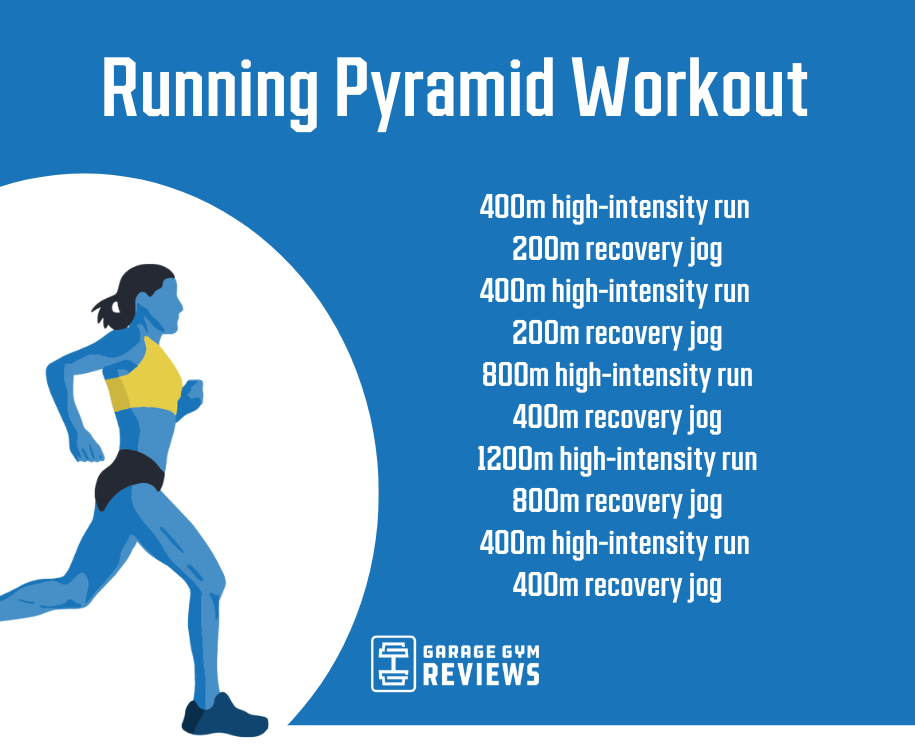Unleash Your Possible: Running Strategy Essentials for Peak Performance
Unleash Your Possible: Running Strategy Essentials for Peak Performance
Blog Article
Taking Care Of Common Running Discomforts: Reasons, Solutions, and Avoidance
As joggers, we often come across various discomforts that can prevent our performance and pleasure of this physical activity. By discovering the root factors for these running pains, we can reveal targeted remedies and preventative actions to make certain a smoother and a lot more meeting running experience.
Usual Running Discomfort: Shin Splints
Shin splints, a common running pain, usually result from overuse or incorrect shoes during physical task. The repeated stress and anxiety on the shinbone and the tissues attaching the muscle mass to the bone leads to inflammation and pain.
To avoid shin splints, individuals must slowly enhance the strength of their exercises, wear ideal shoes with proper arch support, and maintain adaptability and toughness in the muscular tissues bordering the shin (running workout). Furthermore, including low-impact tasks like swimming or biking can help preserve cardiovascular fitness while permitting the shins to recover.
Common Running Discomfort: IT Band Disorder
Along with shin splints, one more prevalent running discomfort that athletes frequently experience is IT Band Syndrome, a condition triggered by swelling of the iliotibial band that runs along the external upper leg and knee. IT Band Disorder commonly manifests as pain on the outside of the knee, particularly throughout tasks like running or biking. The iliotibial band is a thick band of fascia that connects the hip to the shin, and when it becomes swollen or tight, it can rub against the upper leg bone, causing discomfort and pain.
Runners experiencing IT Band Syndrome might observe a painful or aching sensation on the external knee, which can intensify with continued activity. Factors such as overuse, muscular tissue imbalances, inappropriate running form, or inadequate warm-up can contribute to the advancement of this condition.
Typical Running Discomfort: Plantar Fasciitis

Plantar Fasciitis can be credited to different elements such as overtraining, improper footwear, operating on tough surfaces, or having high arches or flat feet. To avoid and relieve Plantar Fasciitis, runners can integrate extending exercises for the calves and plantar fascia, wear encouraging footwear, preserve a healthy weight to reduce stress on the feet, and progressively boost running intensity to stay clear of sudden stress on the plantar fascia. If signs and symptoms continue, it is advised to consult a health care professional for appropriate diagnosis and therapy choices to deal with the condition efficiently.
Typical Running Discomfort: Jogger's Knee
After attending to the obstacles of Plantar Fasciitis, an additional common concern that joggers commonly face is Runner's Knee, a common running discomfort that can hinder sports performance and trigger pain throughout physical task. Runner's Knee, also known as patellofemoral pain disorder, manifests as discomfort around or behind the kneecap. Runners experiencing this pain might feel a boring, aching pain while running, going up or down staircases, or after long term periods of sitting.
Usual Running Discomfort: Achilles Tendonitis
Commonly affecting joggers, Achilles Tendonitis is an unpleasant condition that impacts the Achilles tendon, creating pain and potential constraints in physical task. The Achilles ligament is a thick band of tissue that connects the calf bone muscle mass to the heel bone, critical for activities like running, leaping, and walking - browse this site. Achilles Tendonitis typically creates as a result of overuse, improper footwear, poor stretching, or sudden boosts in physical task
Symptoms of Achilles Tendonitis include discomfort and rigidity along the ligament, specifically in the morning or after periods of lack of exercise, swelling that intensifies with activity, and possibly bone spurs in persistent situations. To avoid Achilles Tendonitis, it is important to stretch correctly before and after running, put on suitable footwear with correct support, slowly raise the intensity of exercise, and cross-train to decrease recurring stress and anxiety on the tendon.
Final Thought

Report this page